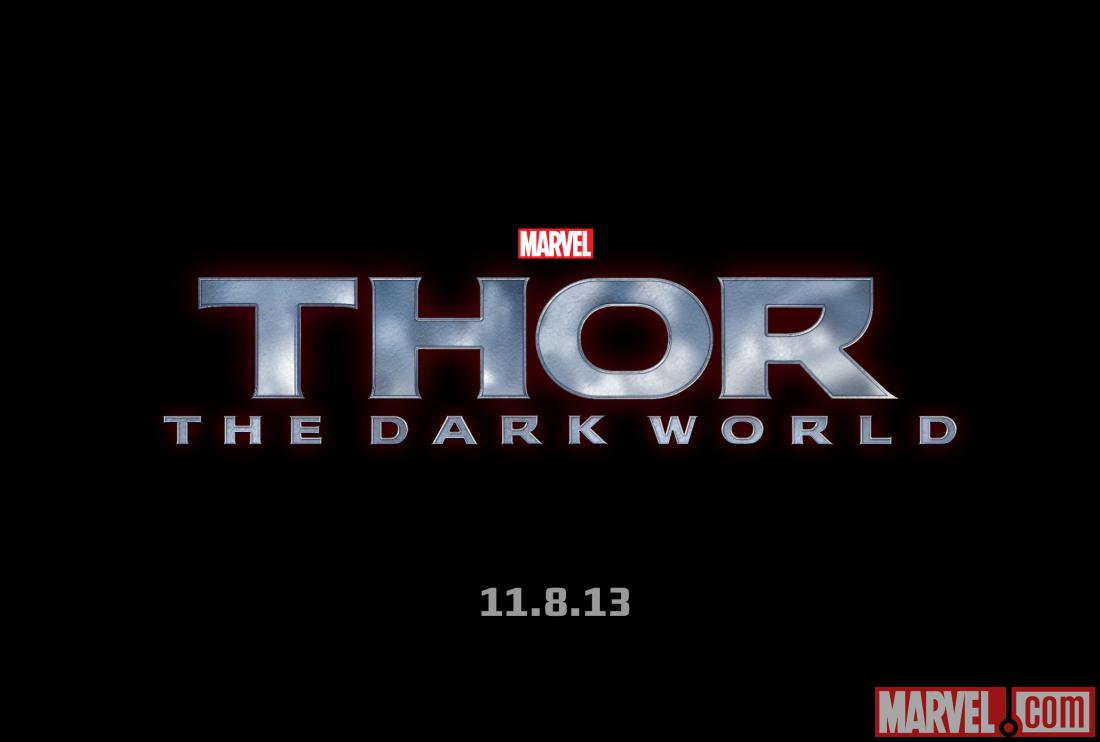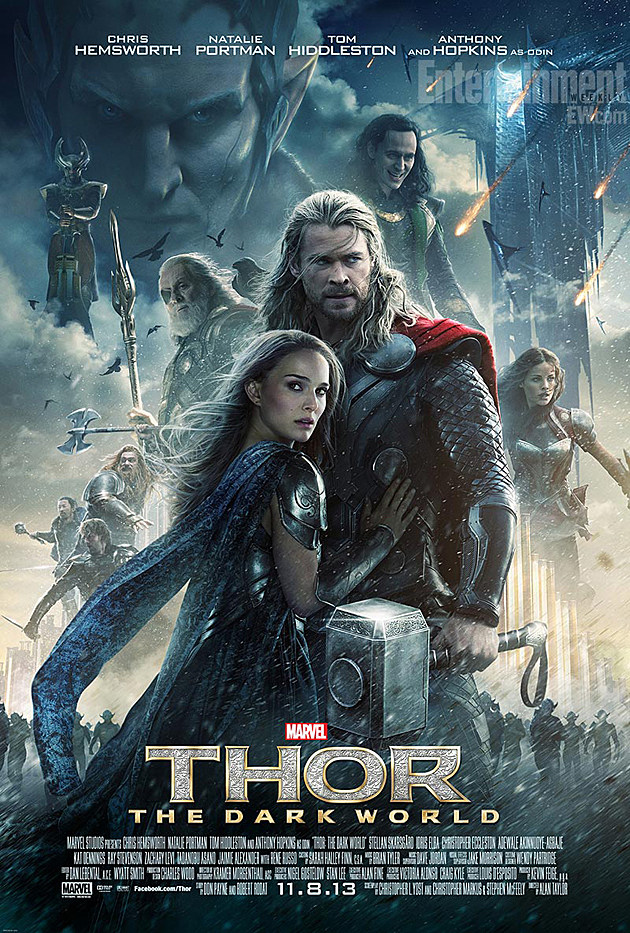Filmmaking, or Film Production is the process of making a film.
There are four main stages in film production:
- Development
- Pre Production
- Production
- Post production
Development
This is first major stage in production; the stage where the producer finds a story for the film. The ideas may be created originally by the producer or based on books, plays or even other films, however if the ideas for the story are not originally created by the producer, then rights to book/play/film that the ideas are taken from must be bought.
After the rights have been bought, a screenplay must be written. This consists of the producer working with the writers to create a synopsis.
Following the synopsis, they produce a Step Outline. This is where they break down the story into paragraphs, each of which describes a scene.
After the Step Outline, a treatment is created. A treatment is a 25-30 page description of the general themes of the story and the moods and descriptions of the characters, which may be accompanied by drawings to help visualise these aspects of the film.
Over the next few months, the screenwriter will produce a screenplay, or the producer will review many submitted screenplays for other interested parties to assess, after which a final treatment or Film Pitch is reviewed by potential financers in the hope of receiving a 'green light', meaning the film can receive financial backing.
Once a deal has been set, the film can progress into the Pre-Production.
Pre-Production
Pre-Production is the time where every step of the production of the film is planned, to prepare for actually creating the film. This begins with the director visualising the film, usually with the use of storyboards created by illustrators and concept artists.
A production budget is also worked out and insurance is acquired.
After this, the producer must hire a crew to assist him, the size and type of crew hired depends on the budget and nature of the film.
Generally the crew will consist of :
- A Director
- A Production Manager
- An Assistant Director
- A Casting Director
- A Location manager
- A Director of Photography
- A Director of Audiography
- A Production Sound Mixer
- A Sound Designer
- A Composer
- A Product Designer
- An Art Director
- A Costume Designer
- A Make Up and Hair Designer
- A Storyboard Artist
- A Choreographer
Production
Production is the process of actually creating the film.
The production office will recruit more crew to suit the various responsibilities of the production of the film.
Set construction, lighting and dressing is often set up in advance of filming and the electric and production design crews tend to be a step ahead of the camera and sound departments by preparing the next scene while one scene is being filmed.
After the crew and actors have prepared for filming, the assistant director prepares all the different roles of the filming for each scene while the director oversees the filming process, adjusting everything to his liking.
Post-Production
Once all the filming is complete and the producer is happy with the footage acquired, the film is assembled by the film editor. The shot film material and the sound is edited and pieced together, sound tracks effects are designed and added as well as any computer-graphic visual effects.







.jpeg)



















 Magazine covers:
Magazine covers:
 bus advert:
bus advert:  trailer(youtube):
trailer(youtube):  Tv advert:
Tv advert:












.jpg)